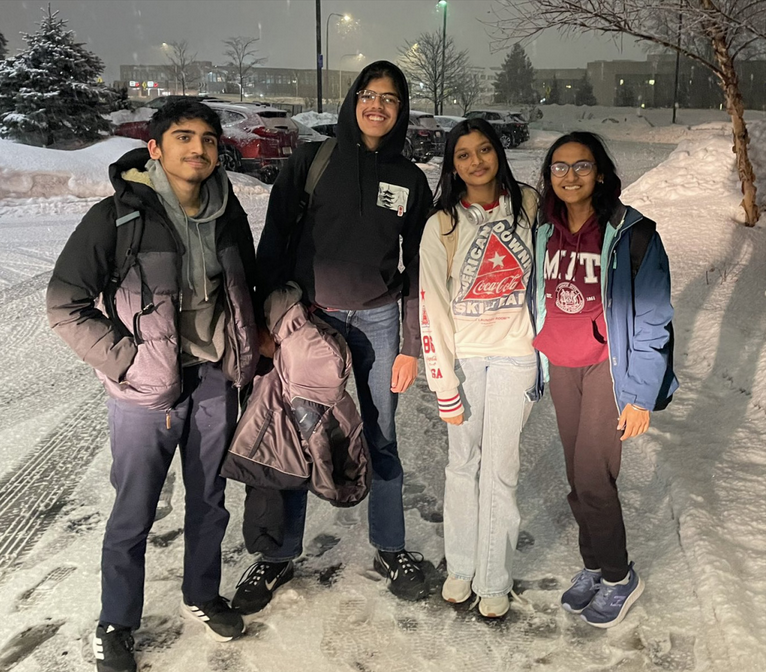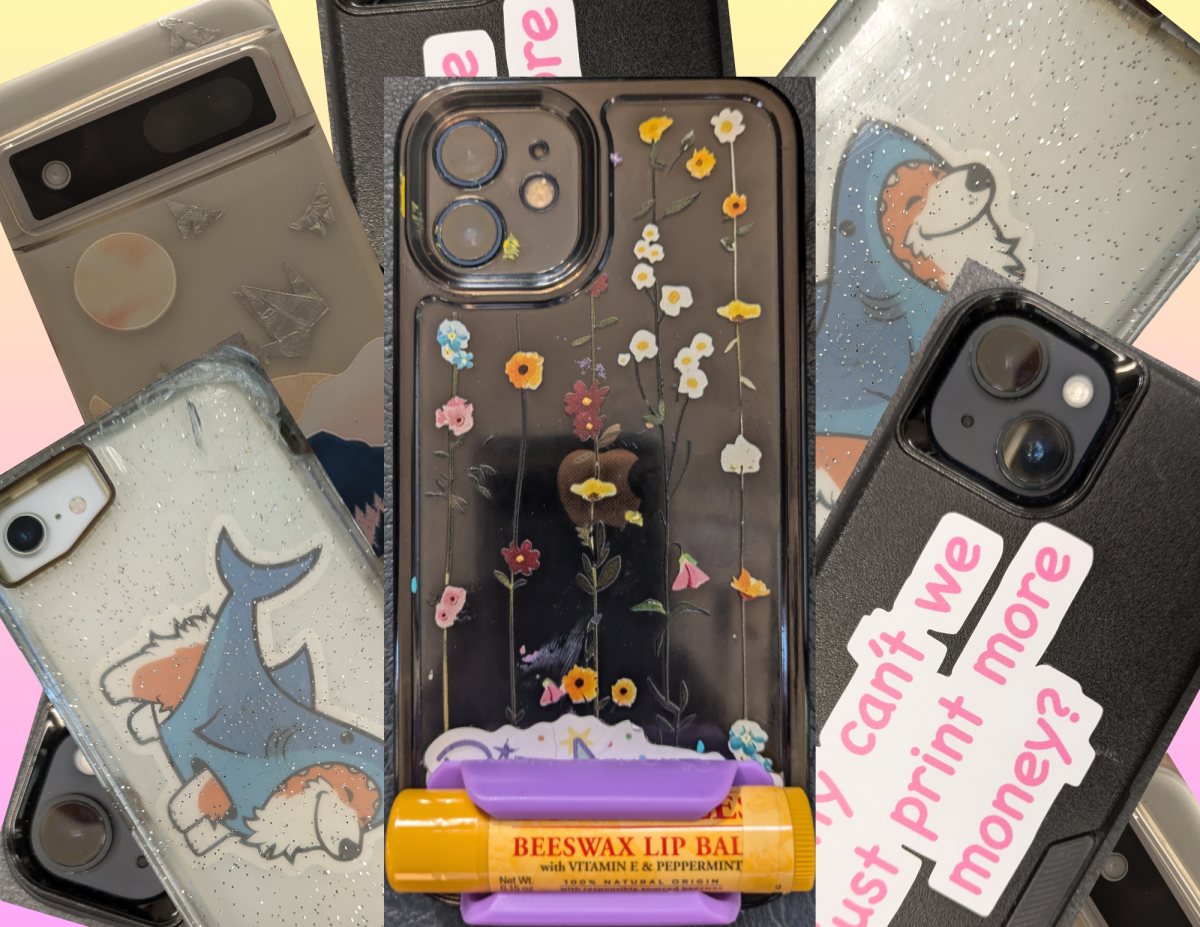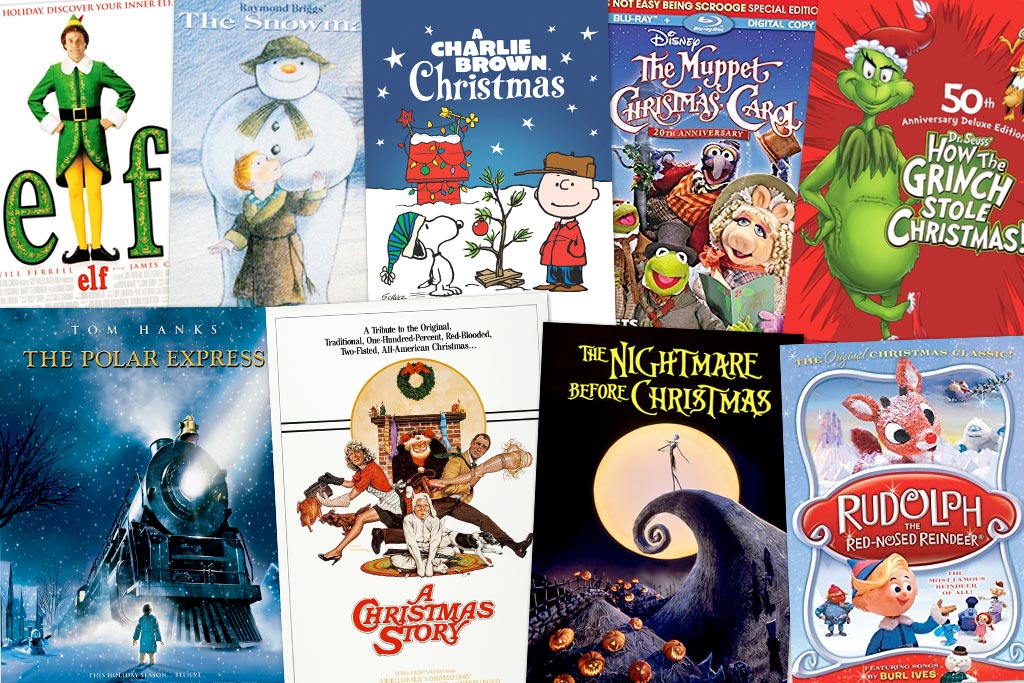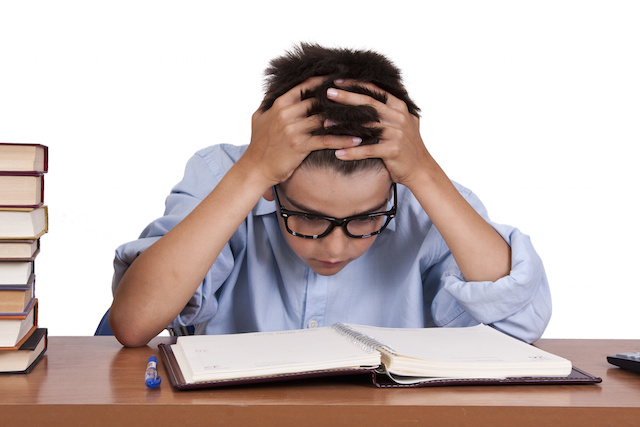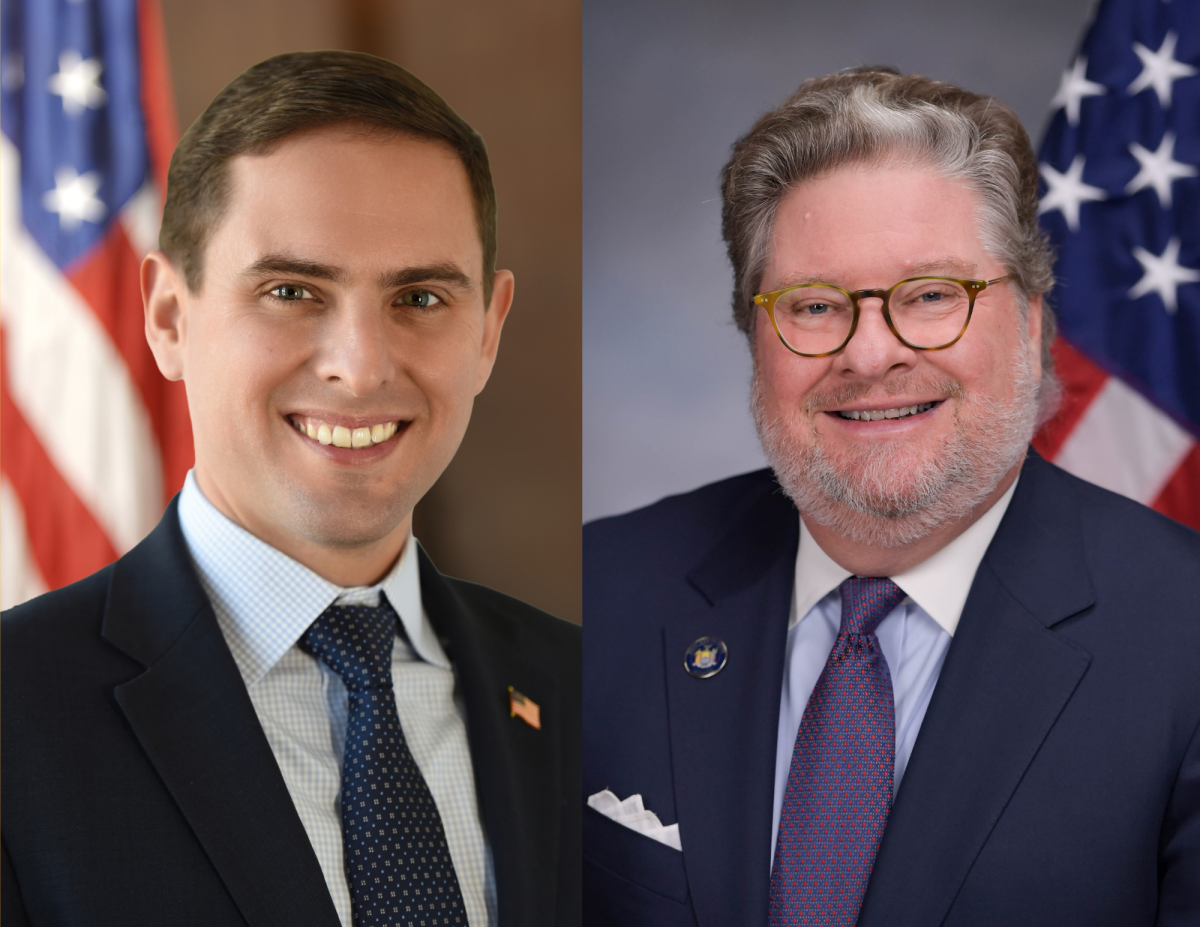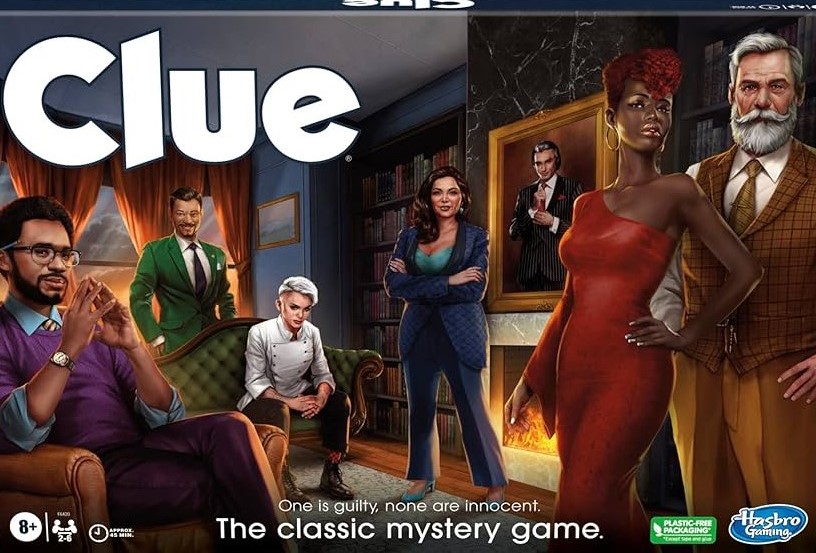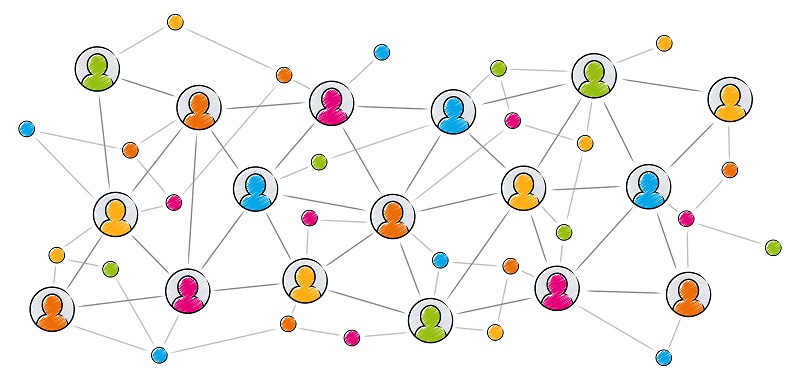Yorktown started off this year with a bang when the Junior Science and Humanities Symposium—fondly known as JSHS—released the 64 high school students chosen to compete at the Griffiss Institute on the first of February; a whopping four out of our research program’s students were chosen!
JSHS is a science research competition in which a select few participants—64 in total—present to judges about their respective projects. These can range from plant science to microbiology to quantum computing, as long as it is represented in one of the organizations’ many categories. The competition is hosted and endorsed by the United States military, as well as various other science and technology organizations.
The organization runs state-level tournaments across the country, with some states—such as New York and California—hosting multiple separate events due to the competitiveness of their participants. Prior to this year, prospective Yorktown students had to compete in a regional version of the tournament, known as WR-JSHS (WR stands for Westchester-Rockland).
However, this year the state-level board running the process decided to do away with the local sub-competitions, and instead had students directly apply to the state-level tournament. That’s right, over 2,000 applications were submitted, yet only 64 (16 presenting posters, 48 presenting a PowerPoint slide deck) could be selected. The competition was extremely tough.
Our program has had a lot of bright students in past years, yet this is the first in some time in which we have four accepted individuals. Even more impressive is that three of the accepted students are juniors!
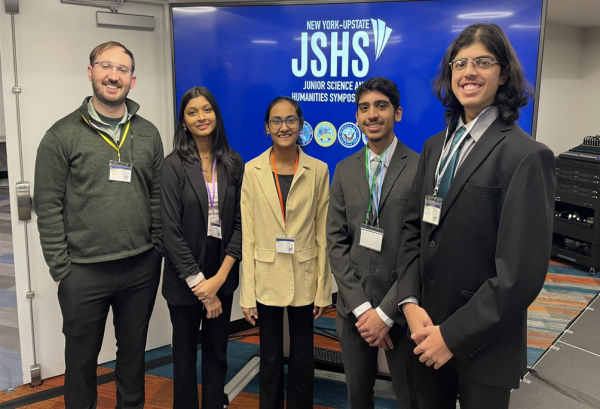
Vaishnavi Ravindranath, one of the juniors, agrees that this is “really an honor and a great opportunity to expand the reach of my project, and build my research skills.” Her project concerned the battle against cancer, in which she uncovered a new cancer metastasis pathway via cell fusion with bone marrow stem cells. She hopes that her work can help tackle cases of cancer recurrence even after remission.
Aryan Shenoy’s work delved into prosthetics, tackling the identification of separate nerve signals even in close proximity. To do so, he created his own computational algorithm for signal differentiation and successfully decreased fingering latency by a factor of 99.7 percent. After discussing his chances with me, he proclaimed that he was “Number 1, no cap.” He clarified by stating “I meant top 1 in the country of course.”
Siddharth Nair, the third junior, performed his research work on tackling the plastic crisis, specifically via aerial imagery of terrestrial surfaces. He discovered that shorter wavelengths are more ideal for differentiating plastic from organic backgrounds, due to the photochemical properties of photosynthetic organisms. He hopes that his work will pave the way for more optimized detection pipelines, and inevitably a cleaner Earth.
Senior Chinmayi Goyal has also qualified to present her work at Upstate JSHS. Chinmayi developed an AI-driven exoskeletal assistive system designed to improve mobility for individuals with movement disabilities.
We wish all four of our accepted students the best of luck at Upstate NY JSHS this February!
